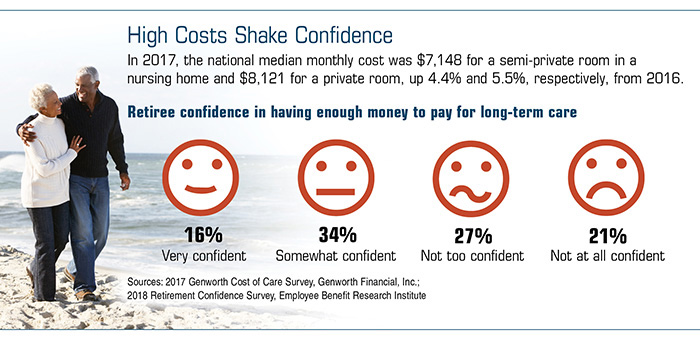Getting My Pacific Prime To Work
Table of ContentsThings about Pacific PrimeSome Known Details About Pacific Prime Get This Report about Pacific PrimeThe Main Principles Of Pacific Prime More About Pacific Prime

This is since the information were gathered for a period of solid economic performance. Of the approximated 42 million people who were uninsured, almost regarding 420,000 (concerning 1 percent) were under 65 years old, the age at which most Americans become qualified for Medicare; 32 million were adults between ages 18 and 65, about 19 percent of all grownups in this age; and 10 million were kids under 18 years old, concerning 13.9 percent of all children (Mills, 2000).
These quotes of the variety of persons without insurance are produced from the annual March Supplement to the Existing Population Survey (CPS), performed by the Census Bureau. Unless otherwise noted, national quotes of people without medical insurance and proportions of the populace with various sort of coverage are based on the CPS, one of the most commonly used source of estimates of insurance policy protection and uninsurance prices.
Not known Details About Pacific Prime

Still, the CPS is specifically valuable since it creates annual quotes fairly swiftly, reporting the previous year's insurance coverage estimates each September, and because it is the basis for a consistent set of estimates for even more than two decades, allowing for analysis of fads in insurance coverage over time. For these reasons, as well as the extensive use the CPS in other researches of insurance protection that are provided in this record, we count on CPS quotes, with limitations kept in mind.

The price quote of the number of without insurance people increases when a population's insurance coverage condition is tracked for a number of years. Over a three-year period beginning early in 1993, 72 million people, 29 percent of the U.S. https://pacificprime.godaddysites.com/f/pacific-prime-your-gateway-to-international-health-insurance. populace, lacked insurance coverage for at least one month. Within a single year (1994 ), 53 million individuals experienced a minimum of a month without coverage (Bennefield, 1998a)
6 out of every ten uninsured grownups are themselves employed. Functioning does enhance the possibility that one and one's family participants will have insurance, it is not a warranty. Also members of households with two full time breadwinner have nearly a one-in-ten chance of being uninsured (9.1 percent without insurance rate) (Hoffman and Pohl, 2000).
The Ultimate Guide To Pacific Prime
New immigrants make up a considerable percentage of people without medical insurance. One analysis has actually attributed a considerable section of the current growth in the size of the U.S. without insurance populace to immigrants who showed up in the nation in between 1994 and 1998 (Camarota and Edwards, 2000). Current immigrants (those who concerned the United States within the past 4 years) do have a high price of being without insurance (46 percent), yet they and their children make up simply 6 percent of those without insurance country wide (Holahan et al., 2001).
The relationship between health and wellness insurance and accessibility to care is well developed, as documented later on in this chapter. The relationship between health insurance and wellness results is neither direct nor straightforward, a considerable professional and health and wellness services study literary works links wellness insurance policy coverage to improved accessibility to care, much better quality, and boosted individual and populace health condition.
Degrees of evaluation for checking out the impacts of uninsurance. It focuses especially on those without any kind of health insurance policy for any type of length of time.
The Main Principles Of Pacific Prime
The issues dealt with by the underinsured are in some aspects comparable to those faced by the without insurance, although they are normally less extreme. Health and wellness insurance coverage, however, is neither required nor enough to gain accessibility to clinical services. The independent and straight impact of health insurance coverage on access to health and wellness solutions is well developed.
Others will acquire the healthcare they need even without health insurance coverage, by paying for it expense or seeking it from providers who offer care complimentary or at very subsidized rates. For still others, health and wellness insurance policy alone does not make certain invoice of care as a result of various other nonfinancial barriers, such as a lack of healthcare providers in their community, restricted access to transport, illiteracy, or linguistic and social distinctions.
How Pacific Prime can Save You Time, Stress, and Money.
Official research regarding without insurance populaces in the read review USA dates to the late 1920s and very early 1930s when the Board on the Cost of Treatment created a collection of records concerning funding physician workplace visits and hospital stays. This issue came to be prominent as the numbers of medically indigent climbed during the Great Clinical depression.